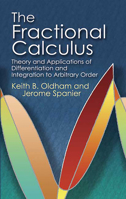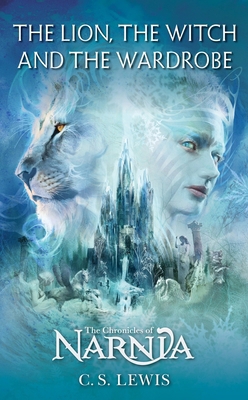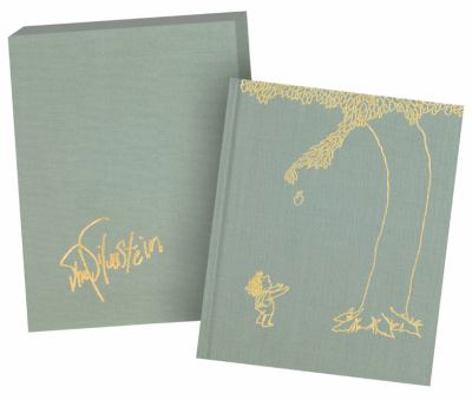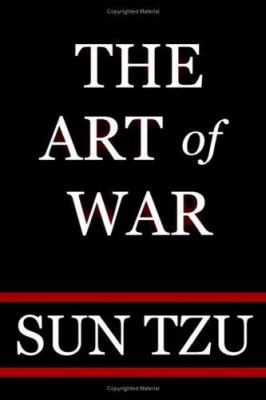Problem solving in chemistry: A dimensional approach
Select Format
Select Condition 
Book Overview
No Synopsis Available.
Format:Paperback
ISBN:B002GJ1QE2
Release Date:January 1967
Publisher:Lyons and Carnahan
Weight:0.70 lbs.
More by Keith B. Oldham
Customer Reviews
13 customer ratings | 6 reviews
There are currently no reviews. Be the first to review this work.



























